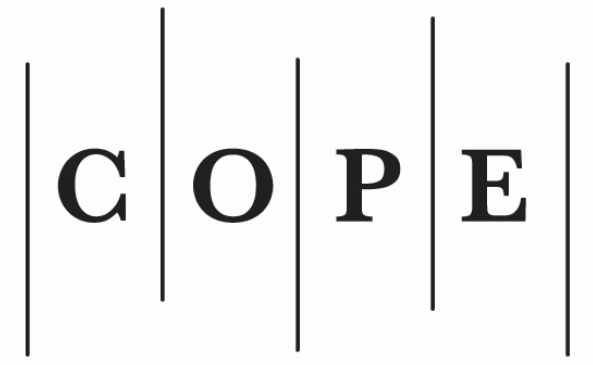The Definition of Terrorism
##plugins.themes.bootstrap3.article.main##
Abstract
The subject of this article is the analysis of terrorism, to show point and indications of this phenomenon, to determine the definition of terrorism.
At first the author delimits definitions of terror, terrorist offences and terrorism. The conclusion tells that terrorism is a social phenomenon of new actuality, which is an object of criminological study. Terrorism can be described as completeness of terrorist offences in a limited space of time and territory.
An analysis of terrorism is possible only after clear definition of terrorist offences. That’s why in this study there is plenty wide description of features of terrorist offences. The conclusion says that terrorist offences are kinds of criminal offences, with these necessary characteristics:
1) violence;
2) subject of violence - innocent people;
3) violence underway ideological motivation.
Further in this article theoretical and practical problems are highlighted for reaching consensus of definition of terrorist offences and terrorism also.
Overviewed efforts to define terrorism in international law. There are four types of construction of definition of terrorism in this area:
1) by naming terrorist offences;
2) by pointing the main features of terrorist offences;
3) by naming terrorist organizations and exact persons – terrorists.
4) by using few of these types of construction.
The conclusion says that these types of construction aren’t flawless, but just the fact of their existence is a plenty good gain, because of the ideological notion of terrorism.
This study should help to understand terrorism, to differentiate terrorist offences from criminal ones and from another phenomenon. This article should be a background for further studies of possible measures in fighting terrorism and terrorism prevention.
At first the author delimits definitions of terror, terrorist offences and terrorism. The conclusion tells that terrorism is a social phenomenon of new actuality, which is an object of criminological study. Terrorism can be described as completeness of terrorist offences in a limited space of time and territory.
An analysis of terrorism is possible only after clear definition of terrorist offences. That’s why in this study there is plenty wide description of features of terrorist offences. The conclusion says that terrorist offences are kinds of criminal offences, with these necessary characteristics:
1) violence;
2) subject of violence - innocent people;
3) violence underway ideological motivation.
Further in this article theoretical and practical problems are highlighted for reaching consensus of definition of terrorist offences and terrorism also.
Overviewed efforts to define terrorism in international law. There are four types of construction of definition of terrorism in this area:
1) by naming terrorist offences;
2) by pointing the main features of terrorist offences;
3) by naming terrorist organizations and exact persons – terrorists.
4) by using few of these types of construction.
The conclusion says that these types of construction aren’t flawless, but just the fact of their existence is a plenty good gain, because of the ideological notion of terrorism.
This study should help to understand terrorism, to differentiate terrorist offences from criminal ones and from another phenomenon. This article should be a background for further studies of possible measures in fighting terrorism and terrorism prevention.
##plugins.themes.bootstrap3.article.details##
Section
Articles
This is an open-access journal, which means that all content is freely available without charge to the user or their institution. Users are allowed to read, download, copy, distribute, print, search, or link to the full texts of the articles in this journal without asking prior permission from the publisher or the author. This follows the BOAI definition of open access. Authors contributing to Jurisprudence agree to publish their articles under a Creative Commons Attribution 4.0 International Public (CC BY) License (applicable from 2025).
![]() Authors retain copyright of their work, with first publication rights granted to the Association for Learning Technology.
Authors retain copyright of their work, with first publication rights granted to the Association for Learning Technology.
Please see Copyright and Licence Agreement for further details.






